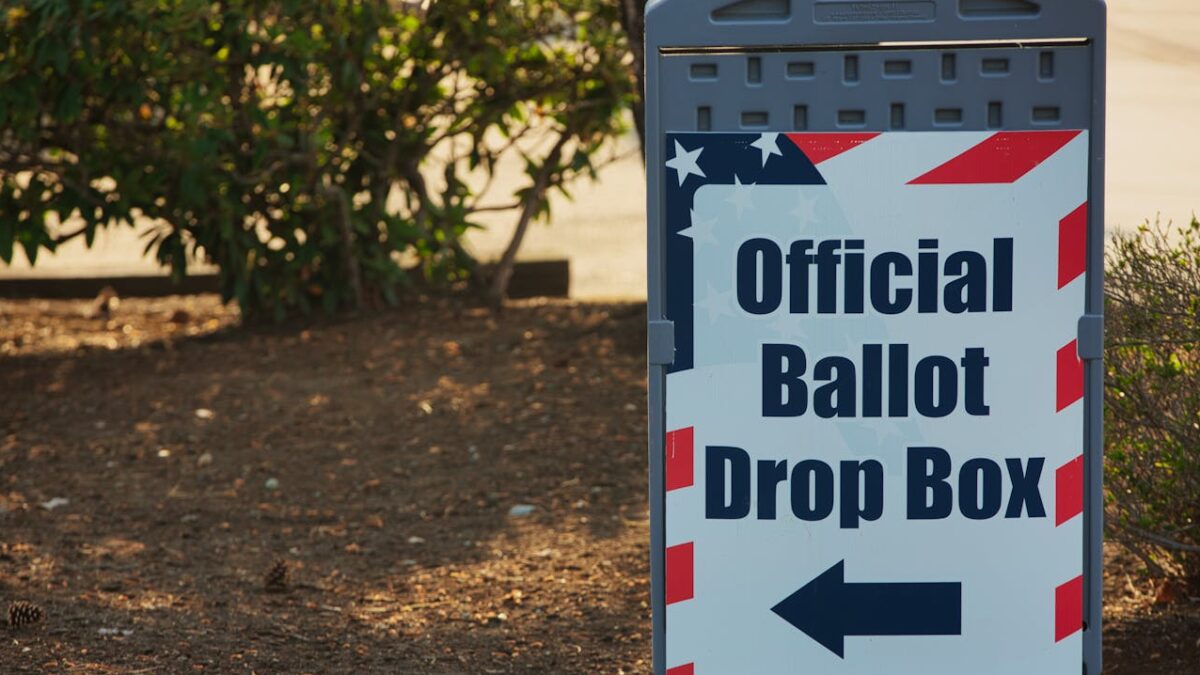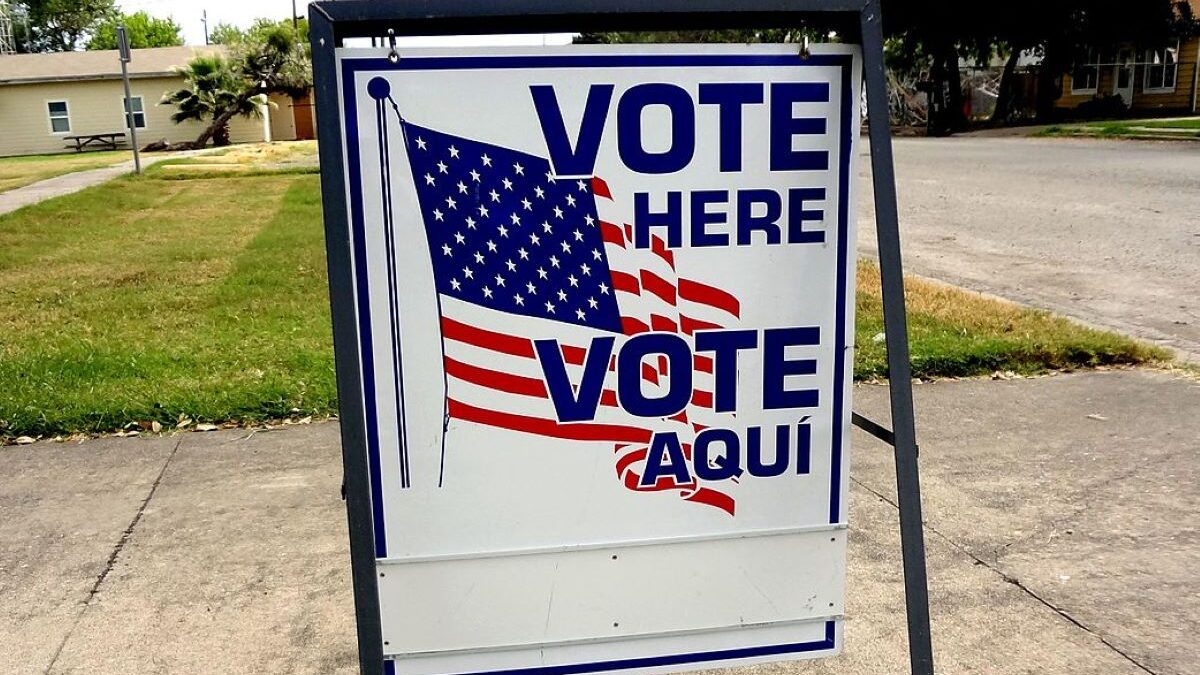
As Americans entered summer with a glimmer of hope that COVID-19 might recede, those hopes were quickly dashed after a rapid resurgence of the virus in Sun Belt states. Now approaching midsummer, the numbers continue to surge across the South and Western regions of the United States.
Florida and Texas, two of the hardest-hit states besides California and New York, have broken record numbers of cases in the last several weeks. Florida recorded an all-time high of about 15,200 cases in a single day July 11.
The question remains unanswered, however, about how cases are increasing at such an accelerated speed. Since the World Health Organization (WHO) declared COVID-19 a pandemic in March, state-by-state coronavirus data tracking maps were readily available online, so the public could monitor daily numbers.
Now several months into combating the Wuhan virus, more testing is available, and further information has come to light about how health officials determine some positive cases. These factors contribute to a greater need for more detailed classification and reporting of case numbers.
The limited data presented amid a surge in positive cases raises questions about the credibility of the figures. The absence of these details from some data sources hinders the ability of officials and average citizens to make informed decisions for collective safety and well-being.
Constant Mixed Messaging
Since the emergence of COVID-19 in the United States in late winter, government and medical officials have provided a series of inconsistent and disparate messages on the dangers of coronavirus, its transmissibility, and the efficacy of masks. These inconsistencies persist in the scramble to quell the spike in positive cases.
Gov. Ron DeSantis of Florida was quick to cite increased testing for the swell in cases, later adding that the “25 to 44 age group” is now leading with the most positive cases. At the same press conference in Florida, Dr. Jason Foland affirmed that a younger demographic, without showing symptoms, can stealthily infect an older and more at-risk population. The WHO, however, recently announced that asymptomatic transmission is “rare.”
Dr. Anthony Fauci, the infectious disease expert on the White House coronavirus task force, early on told the public that masks do not appreciably protect a person from contracting the virus. He said the masks could prove to be more problematic, increasing peoples’ likelihood of touching the mask and their face, resulting in potentially easier viral transmission.
Now, however, both Fauci and state and local officials are urging all Americans to wear masks with religious fervency. Some local governments are even threatening to issue fines upwards of $1,000 if people refuse to comply. The media and politicians have consistently provided incongruous information like this, expecting the public to blindly accept all advisement, mandates, and frightening statistical numbers without care for distinction or qualification of case testing figures.
Counting Sore Throats as a COVID Positive
Widespread inconsistencies and convolution among data and laboratory tracking appears to be significantly contributing to possible misinformation provided to the public. From nearly the outset of the virus, the Council of State and Territorial Epidemiologists gave massive latitude to public health officials in the criteria for identifying COVID-19 cases.
The guidelines gave extensive license in qualifying people as “probable” positive for SARS-CoV-2, without them being required to undergo laboratory testing for the virus. Patients could meet COVID-19 criteria by displaying several symptoms such as “headache” or “sore throat,” having suspected or known exposure to someone with the virus, or belonging to a “risk cohort.”
This wouldn’t be problematic if all states uniformly separated those “probable” or “suspected” COVID-19 cases from those that were laboratory-confirmed. States are not universally making these distinctions, however, with some qualifying the variances and others failing to do so. An investigation by The Epoch Times confirmed that states “such as Arizona, Ohio, Michigan, and Virginia, include probable cases and deaths in their totals.” However, “Arkansas, New Jersey, and Washington, only include probable deaths, but not probable infections.”
A Fox affiliate in Orlando similarly broke a story that some Florida laboratories were failing to report negative COVID-19 test results, culminating in a fallacious 100 percent positivity rate emerging from those labs. This lack of a standardized reporting methodology across the United States hinders data reliability and trust.
Two Types of Testing
At the outset of the virus, limited testing was available. Testing capacity has greatly improved in only a few months, and there are now tests for both viral cases of COVID-19 and antibodies.
Differentiating between the results of these two crucial tests is important. A positive viral test implies an active case of the virus, with a positive antibody test indicating someone was previously infected and has since recovered. While it is still largely contested whether antibodies indicate potential immunity to future infection, they do denote a recovery from the virus.
If a significant number of antibody tests are included in the current aggregate of “positive” cases, this might convey a very different picture of the pandemic’s severity. For this reason, the data from these two tests should be differentiated, but until recently, this was still not being widely done.
A May expose by The Atlantic revealed that the Centers for Disease Control and Prevention confirmed a consistent differentiation was not being made between these two independent tests, with the “positive” results being aggregated and reported back to state officials as homogenous totals. It appears that now most states have begun to differentiate, with the CDC regularly adding to its list of states making this distinction. The lack of uniformity in consolidating this data calls into question the uptick in “positive” tests and its potential effects in skewing the numbers and misinforming the public.
Consequences of Bad Data
Inconsistently combining testing data could lead the government to impose unwarranted restrictions and mandates, potentially leading to irreparable and long-term damage to small businesses across the nation. This could create undue economic and psychological stress to families, and influence civic engagement in a politically volatile election year.
None of this is to deny the actuality of the coronavirus, nor to dismiss the multitude of lives it has claimed globally. In a crucial decision year, however, one must consider the political advantages of invoking public fear and uncertainty, while simultaneously pushing for compliance in the name of public safety.
To retain a nation of free citizenry, its people must remain vigilant and engaged, always assessing, questioning, and objectively considering information — never delegating critical analysis solely to the media or officials, and never ceding to groupthink.









